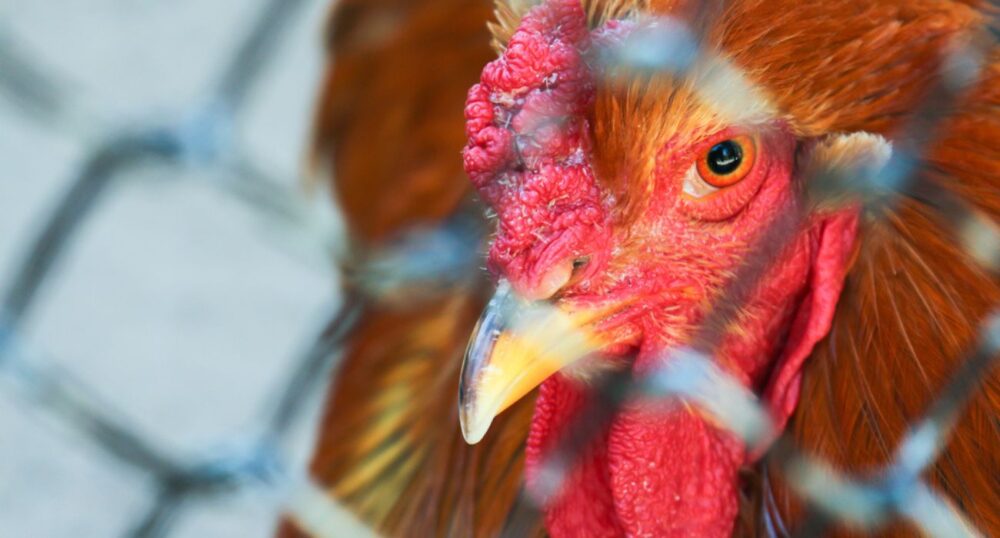Researchers have identified the Texas Panhandle as the spot where the highly pathogenic avian influenza strain jumped from wild birds to cattle, and it may have happened long before it was discovered.
It still is not clear how bird flu was transmitted to cattle or whether bird flu is transmissible between cattle. One worker at a Texas dairy ranch was diagnosed with H5N1 after experiencing an inflamed eye, reported The Texas Tribune. The virus does not appear to spread from person to person at this time, but mutations make it more likely that the virus will eventually become more transmissible.
Farmers in Texas first noticed a problem in February when data trackers attached to cattle showed odd signs, including digestion stopping and milk production declining. However, according to reporting by The Texas Tribune, it was not until March 22 that testing of mammary tissue from an infected cow determined it to be infected with H5N1.
There is a significant possibility that a number of workers have been infected and gone unnoticed, as previously reported by The Dallas Express. There are a number of reasons cases go unnoticed, including a lack of access to healthcare, fear of immigration status, and possible language barriers, reported The Texas Tribune.
Bird flu infections have now been detected in 13 dairy cattle ranches. Most cattle recover from the virus within 30 to 45 days. One of the early tip-offs to researchers was a number of farm cats that died suddenly. After testing, it was determined the animals had contracted bird flu. H5N1 has also been found in a number of other animals including dogs, goats, skunks, and seals. Most often, the virus is acquired by predators that eat infected birds, according to the CDC.
The CDC warns that people should take precautions when dealing with potentially infected animals. Symptoms are similar to seasonal flu, including fever, sweating, chills, runny nose, and difficulty breathing. Anyone who suspects that he may have been exposed to the virus and is exhibiting flu-like symptoms should seek medical attention.
The virus afflicting cattle has now spread far beyond the borders of Texas with infected animals having been found in New Mexico, Ohio, Kansas, North Carolina, and South Dakota, according to The Texas Tribune. It is believed the virus was spread as cattle were moved from Texas to other states. Ranchers regularly move cattle between states for various reasons, such as breeding and grazing.

